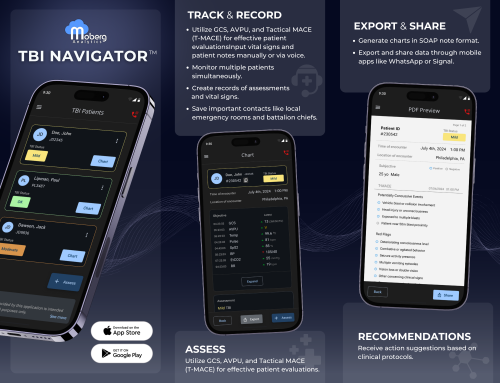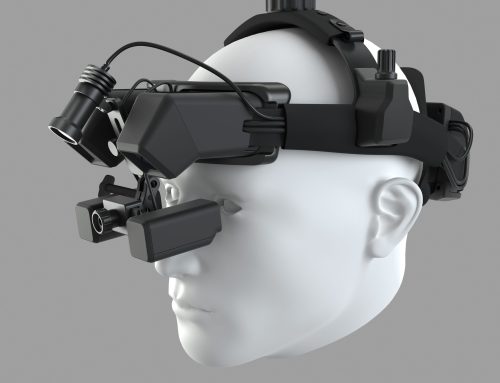With support from Combat Casualty Care Research Program and MTEC, Chenega Healthcare Services, LLC has demonstrated feasibility of a Burn Patient Transfer System (BPTS) that can coordinate activities between government and civilian hospitals in a mass casualty emergency situation.
The goal of this program is to research, develop, and test a web-based, and mobile app-accessible, open architecture cloud-based system to track capacity and improve the logistics of burn patient/trauma patient triage and transfer, between military and civilian treatment facilities, in the event of a war, disaster, nuclear or other mass casualty with large numbers of burn patients. There is only one military Burn Unit, the US Army Institute of Surgical Research in San Antonio, TX. While able to expand capacity in the event of a mass casualty event, bed capacity (40 acute care beds) could easily be overwhelmed. Since burn care is universal, it may be imperative to transfer military burn casualties to civilian burn centers in the U.S. and/or NATO countries.
In May 2023, the BPTS was successfully demonstrated by the clinicians at The Burn Center at Cooperman Barnabas to representatives from Combat Casualty Care Research Program and USAISR. There are five designated disaster regions in the U.S. under the American Burn Association (ABA). It was determined the plan for the BPTS would be initially operational in the Northeast Region, under the command and program developer based at The Burn Center at Cooperman Barnabas, West Orange, NJ. The BPTS was loaded onto the Burn Medical Command Center (BMCC) and/or ancillary computers, iPads, cell phones at The Burn Center at Cooperman Barnabas, with assistance from Intelesense Technologies. The BPTS was prepared adding in scalability features, role-based access control, and other technical capabilities to support the scaling up and nationwide rollout of the BPTS when appropriate.
For the next steps in the project, the team will continue to refine the system based on feedback from multi-region expansion as well adding capabilities for BPTS to interface directly to TRAC2ES (TRANSCOM Regulating and Command & Control Evacuation System- a patient transport information system used by TRANSCOM) and JPATS (Joint Patient Assessment Tracking System- a DHS patient movement system employed during disasters). This would allow BPTS to interchange data with these systems for a coordinated response with TRANSCOM/DHS. For example, in the BPTS the Coordinator would see an inbound patient request from a TRAC2ES or JPATS source instead of from a peer hospital. This will enable military/civilian capability and capacity sharing.
About Chenega Healthcare Services, LLC (CHS):
Chenega Healthcare Services, LLC is a wholly-owned 8(a) SDB subsidiary of the Chenega Corporation (Alaska Native Corp.) Managing nearly 30 Federal contracts supporting multiple customers, CHS is a trusted Government contractor with a diverse portfolio of work and a proven management team. Furthermore, CHS can leverage key personnel, experience, and lessons learned from fellow subsidiaries; hence offering our customers the expertise and support of our extensive resources. CHS has contracts with the Department of Defense (DoD), to include the Departments of the Army, Air Force, and Navy; as well as the Defense Health Agency (DHA). CHS also operates contracts for the Securities and Exchange Commission (SEC). The BPTS is a collaborative effort between CHS (Dr. George Gisin and Grace Castillo), The Burn Center at Cooperman Barnabas (Dr. Michael Marano and Kathe Colon), and Intelesense Technologies (Dr. Kevin Montgomery).





